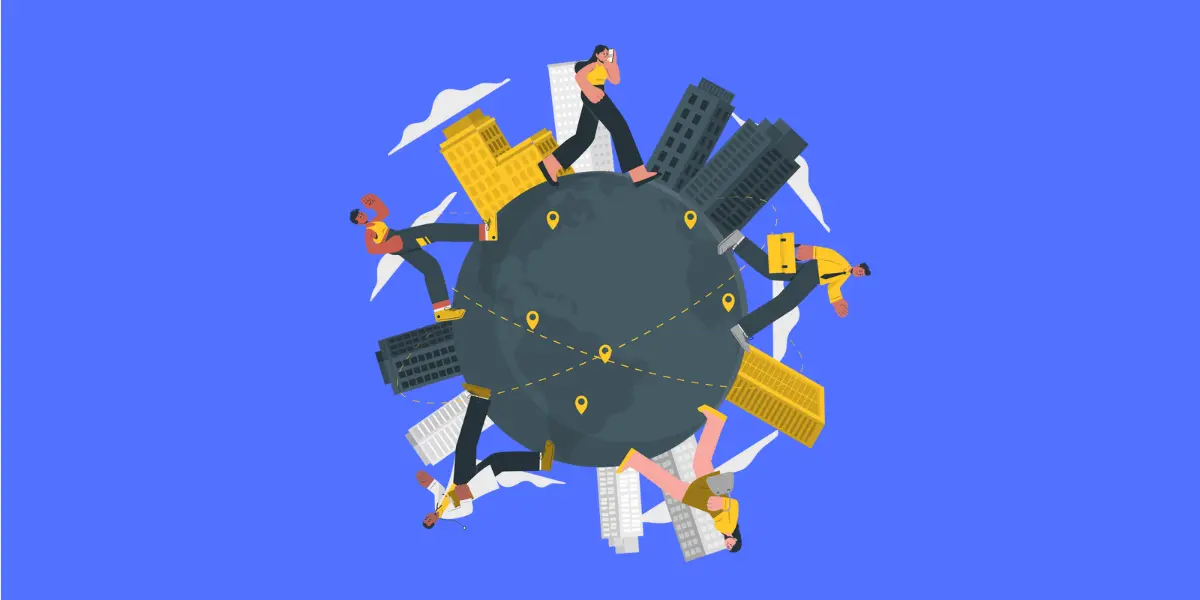Whether you’re a “mere mortal” citizen dealing with hour-long queues or a government office official with mountains of paperwork, imagine a world where government services are as easy to access as ordering a pizza.
A world where your tax returns are filed automatically and your driver’s license is renewed with a simple click. Sounds like a dream, right? Well, it’s becoming a reality thanks to government software development.
There’s a strong global trend toward digitalization of public services. The COVID-19 pandemic accelerated the adoption of digital technologies in many governments, as they sought to provide essential services remotely. Many countries have invested heavily in technology to improve efficiency, transparency, and accessibility. At the same time, while developed nations have made significant strides, developing countries often face challenges due to a lack of infrastructure, resources, and technical expertise.
Read on to discover the world of government software development and how it’s transforming the way we interact with our governments.
Challenges in Government Software Development
Government & Legacy Systems
Integrating new software with outdated government legacy systems can feel like trying to fit a square peg in a round hole. These legacy systems, often built decades ago, can be notoriously inflexible and resistant to change. They usually rely on obsolete programming languages and hardware, making finding experts who can work with them difficult. As a result, any new software must be carefully tailored to interact with these old systems without causing disruptions.
For instance, consider the case of the UK’s Universal Credit program, which aimed to streamline various welfare benefits into one system. The project faced significant delays and cost overruns because it had to integrate with numerous existing legacy systems across different government departments.
Universal Credit is essentially a good – if highly ambitious – idea that has proved vastly harder to implement than its proponents ever imagined.
Source: Institute for Government
These outdated systems, each with its unique data formats and structures, made it incredibly challenging to ensure smooth data transfer and accurate processing. The result was a slow, cumbersome rollout that left many citizens frustrated. The government’s attempts to modernize its technology were hampered by the very systems it sought to replace, demonstrating the intricate dance of balancing innovation with tradition.
Government & Security Concerns
Navigating security concerns in government data is akin to walking a tightrope over a chasm. Government databases hold a treasure trove of sensitive information, from personal identification details to national security secrets.
The sheer volume and sensitivity of this data make it a prime target for cyberattacks. Legacy systems, often ill-equipped to handle modern security threats, exacerbate the issue, leaving critical data vulnerable to breaches.

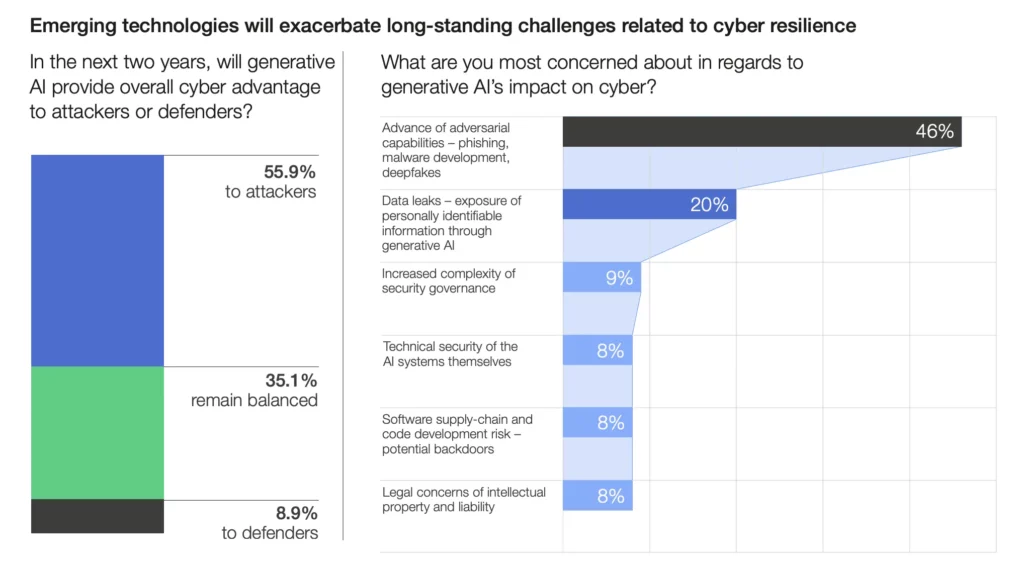
Take the example of the Office of Personnel Management (OPM) data breach in the United States. In 2015, hackers infiltrated OPM’s systems, gaining access to the personal information of over 21 million federal employees, including social security numbers, fingerprints, and background investigation records.

The breach highlighted severe security deficiencies in the agency’s aging infrastructure, which lacked the robust defenses required to thwart such sophisticated attacks. This incident underscored the urgent need for governments to not only modernize their systems but also to invest heavily in cybersecurity measures to safeguard against ever-evolving threats.
Government & Budget Constraints
Government IT projects often find themselves at the mercy of tight budgets. Financial constraints can turn what should be straightforward updates into drawn-out, piecemeal efforts. This limited funding can stymie innovation, resulting in outdated and inefficient systems lingering far longer than they should.
The Australian National Broadband Network (NBN) faced significant budgetary issues. Originally planned to provide high-speed internet across the country, budget constraints led to a shift from a fiber-to-the-home model to a mix of technologies that included older, less reliable infrastructure.

This compromise not only slowed down the rollout but also left many areas with subpar internet service. The financial limitations forced a change in strategy, highlighting how budget constraints can drastically alter the scope and efficacy of government IT projects. A lesson to learn from this: sometimes it’s better not to cut expenses on necessary things. Cheaper isn’t better in most cases.
Government & Regulatory Compliance
Government IT projects are bound by a labyrinth of regulations and standards, turning compliance into a formidable challenge. These rules exist to ensure data security, privacy, and fair practices, but adhering to them can slow down the pace of innovation and complicate the integration of new technologies.
Take the European Union’s General Data Protection Regulation (GDPR). When it came into effect in 2018, it introduced strict data protection requirements that all government entities handling EU citizens’ data had to comply with. This meant overhauling existing data management systems, implementing stringent access controls, and ensuring robust data encryption methods.
The compliance process was not only costly and time-consuming but also required continuous updates to stay aligned with evolving regulations. While these measures significantly enhance data protection, they also highlight the complex interplay between regulatory adherence and technological advancement in government projects.
Also, while I, personally, understand the idea, the notion of having to sign a document every single time that I do express my consent for an organization to use my information is a bit exhausting. I am not talking about first-time consent, but continuous afterwards.
Government & User Experience
When designing government software, it’s crucial to consider the different ways generations engage with technology.
Younger users, like Millennials and Gen Z, often expect sleek, fast, and intuitive interfaces that mimic the apps they use daily. They’re adept at navigating digital landscapes but have little patience for clunky designs or slow load times.

On the flip side, older generations may need more straightforward, accessible interfaces. Baby Boomers and Gen X might not have grown up with technology and can find complex systems intimidating or confusing. They appreciate clear instructions, larger text, and support features.
Estonia’s e-Residency program shines here. Its user-friendly design caters to all age groups with easy-to-follow steps and accessible language. They’ve balanced cutting-edge tech with accessibility, ensuring that everyone, regardless of their tech-savviness, can benefit.
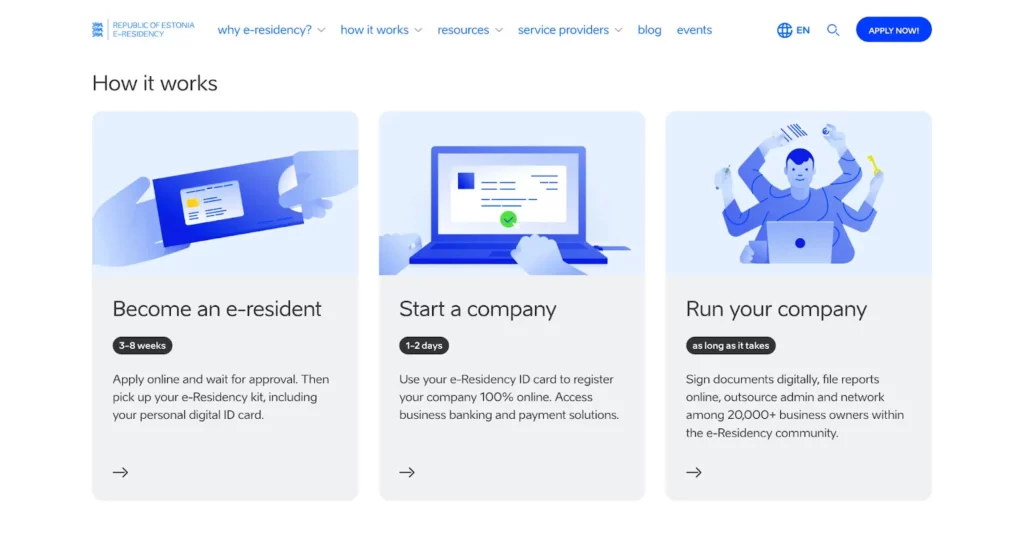
The Need for Public Services Digitalization
In the old days, you’d have to take a day off, visit the government office, fill out forms, and wait for processing. Digitalization changes this entirely. Now, you can request the same certificate online, upload the necessary documents, and get it delivered to your doorstep. This streamlines the process, reducing paperwork and freeing up time for everyone involved.
Traveling to the nearest government office might be a significant journey, especially in harsh weather. With online services, they can apply for benefits, check eligibility, or submit documents right from their home. This removes geographical barriers and ensures everyone has equal access to essential services.
Digital tools can help by providing clear, accessible platforms where government spending and project statuses are updated regularly. For example, an online portal could show how local tax funds are allocated to community projects, ensuring accountability and allowing citizens to see exactly how resources are being used.
When governments embrace digital tools, they can create new jobs in IT, cybersecurity, and data analysis. This, in turn, increases productivity. For instance, a city implementing a smart traffic management system can reduce congestion, leading to faster commutes, saving fuel, and boosting local businesses by making them more accessible.
Focus Areas: Real Estate, Healthcare, and Fintech Industries
Real Estate Industry
Smart building management
Software-driven smart building management systems can significantly optimize energy consumption, maintenance, and security in multi-apartment buildings.
For instance, integrating IoT sensors and AI algorithms can help monitor and control heating, ventilation, and air conditioning (HVAC) systems. By analyzing usage patterns and external weather conditions, the system can adjust settings to reduce energy waste.
Additionally, predictive maintenance tools can alert management to potential issues before they become costly problems, and advanced security systems can provide real-time surveillance and alerts, enhancing overall safety.
HUSPI is currently working on a government-level multi-apartment building management system.
Online tenant portals
Providing tenants with online access to information and services is a game-changer. Tenant portals can streamline communication between residents and property managers, allowing tenants to submit maintenance requests, pay rent, and access building policies all in one place.
This not only enhances convenience for tenants but also improves efficiency for management. For example, a tenant can quickly report a leaky faucet through the portal, and the property manager can schedule a plumber and track the progress of the repair, ensuring prompt resolution.
Check out the OurDim project we've worked on.
Property tax management
Software solutions for property tax management can greatly streamline the collection and assessment process. These systems can automatically calculate property taxes based on updated valuations, issue tax bills to property owners, and track payments.
For instance, a municipality might implement a property tax management system that integrates with GIS mapping data to ensure accurate assessments. This not only reduces administrative burdens but also increases transparency and accuracy, making it easier for both property owners and government officials to handle tax-related matters efficiently.
Check out our payroll project for a client from Switzerland.
Healthcare & Medical Services
Electronic health records (EHRs)
EHRs are a game-changer for both patients and healthcare workers.
- For citizens, they mean streamlined care, where your medical history is instantly accessible to any doctor you see. No more repeated tests or explaining past treatments; it’s all there at the click of a button.
- For administrative staff, EHRs simplify data management, reducing paperwork and minimizing errors.
For instance, a patient can easily transfer their medical records to a specialist, ensuring continuity of care and preventing miscommunication.
Read more about our client's case or check out our post on EHR integration challenges.
Telemedicine
Telemedicine opens up a world of possibilities, especially for those living in remote areas or with mobility issues.
- Citizens can consult with healthcare providers from the comfort of their homes, reducing travel time and costs.
- For administrative offices, telemedicine reduces the strain on physical facilities, allowing for better resource allocation.
A rural resident, for example, can have a video call with a specialist located in a major city, receiving expert advice without the need for long, exhausting trips.
Health data analytics
The use of data analytics in healthcare can significantly improve outcomes by identifying trends and informing decisions.
- For citizens, this means more personalized and effective care. For instance, data can reveal which treatments work best for certain populations, leading to more targeted healthcare interventions.
- For administrators, analytics can streamline operations, track public health trends, and predict future healthcare needs.
Employing analytics to detect an increase in flu cases within a particular region would be a perfect example, thereby facilitating a proactive approach to effectively manage resources and vaccination initiatives.
HUSPI worked on a mental health tracking and analytics app.
Fintech & Banking Services
Digital payments
Implementing digital payment systems for government services is a win-win for everyone involved.
- For citizens, it’s all about convenience and efficiency—no more waiting in long lines to pay taxes, fines, or utility bills. A click of a button, and it’s done. This also reduces the likelihood of errors in cash handling and makes record-keeping more streamlined.
- For office workers, digital payments cut down on administrative overhead, freeing them up to focus on more complex tasks.
Imagine paying your vehicle registration online in minutes rather than spending hours at the DMV; it’s a total game-changer.
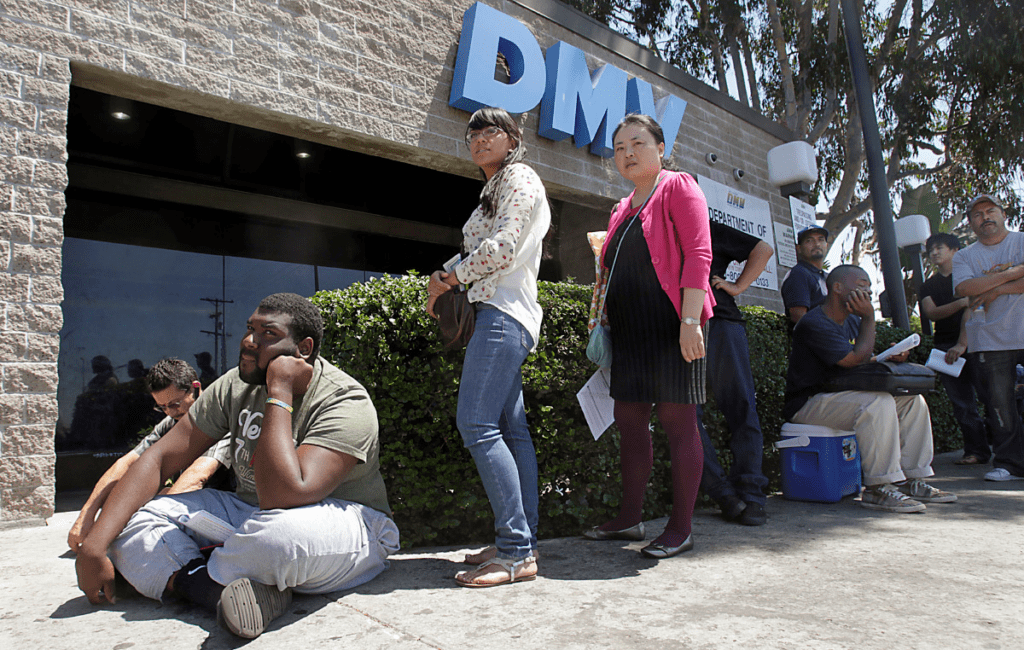
Government kiosks
Self-service kiosks can revolutionize the way citizens interact with government services. These kiosks can be strategically placed in public spaces like malls, train stations, and libraries, providing easy access to information and services. Need to print out a birth certificate, apply for a permit, or pay a parking ticket? Just head to your nearest kiosk and get it done in a jiffy.
For government workers, kiosks reduce the load on frontline staff, allowing them to handle more complicated queries and tasks. This makes the whole system more efficient and user-friendly.
Financial inclusion
Fintech has the power to promote financial inclusion and reduce poverty by making financial services more accessible to underserved populations. Digital banking and mobile payment systems can reach citizens in remote areas where traditional banks don’t have branches. Microloans and online financial literacy programs can empower individuals to start businesses and manage their finances more effectively.
For instance, mobile money services in countries like Kenya have enabled millions of people to participate in the financial system, lifting many out of poverty by providing them with tools to save, borrow, and transact securely.
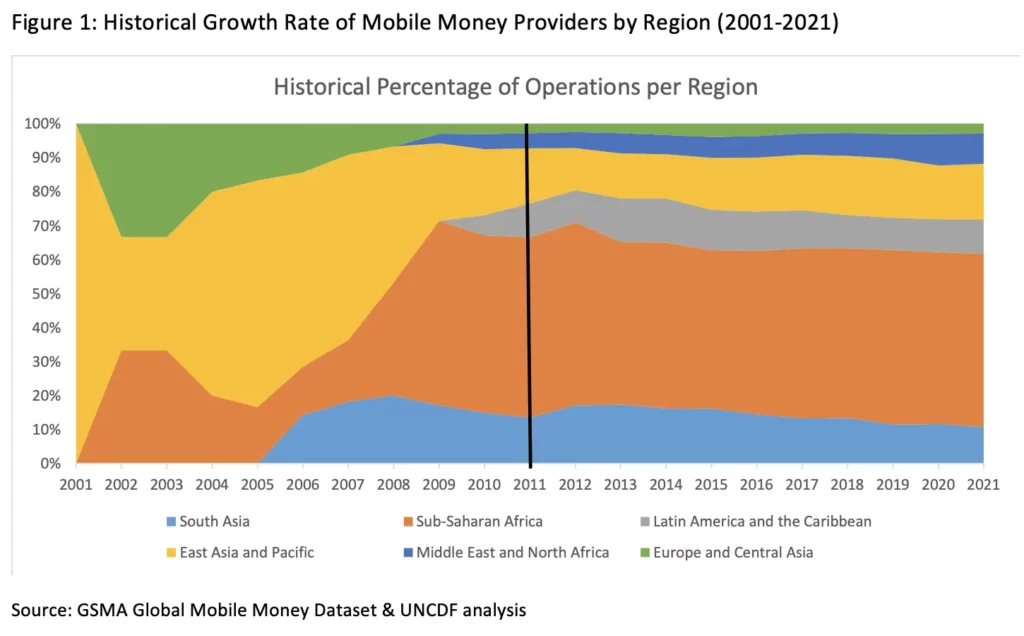
Conclusion
Navigating the landscape of government software development presents unique challenges, from integrating new technologies with outdated legacy systems to ensuring robust cybersecurity amidst rising threats. Financial limitations often constrain the scope of projects, while regulatory compliance adds layers of complexity. Nevertheless, these challenges bring forth tremendous opportunities. By embracing digital transformation, governments can significantly enhance efficiency, accessibility, transparency, and economic benefits across various sectors.
The commitment to continued investment in digitalization is not merely a strategy for modernization but a critical step towards enriching public services and improving the quality of life for all citizens. Successful implementations, like smart building management systems in real estate or EHRs and telemedicine in healthcare, demonstrate the tangible benefits of this digital shift. They showcase how technology can bridge gaps, simplify processes, and foster inclusivity.
If you’re a digital transformation officer seeking to make a substantial impact, now is the time to partner with us. Together, we can build innovative, resilient solutions that propel government services into the future, ensuring they are more responsive, efficient, and user-friendly.
Ready to embark on this digital journey with us?
Wondering about time-to-value?
Request a no-obligation discovery call and receive a preliminary estimate tailored to your KPIs.


